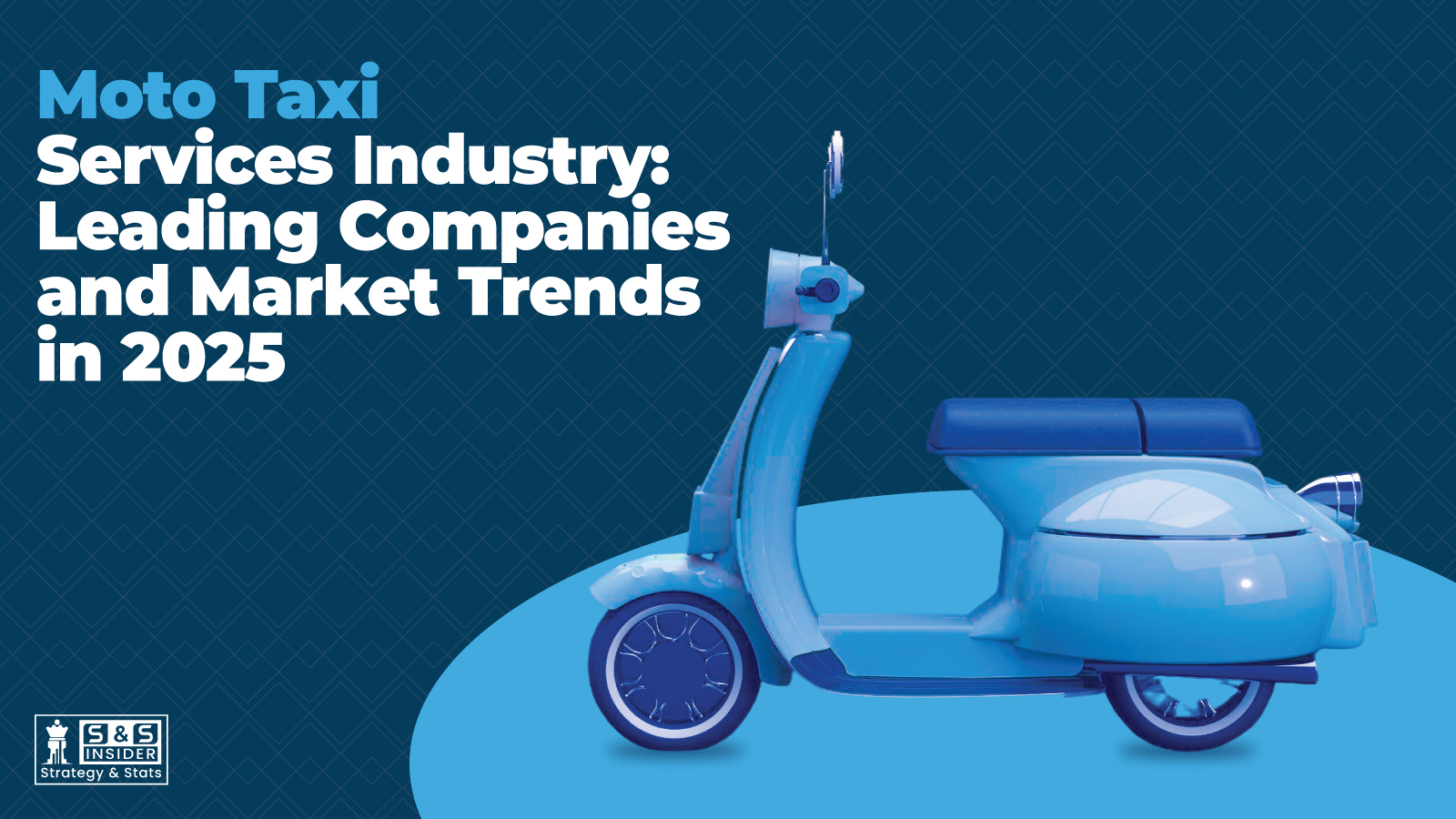
The demand for reasonably priced, effective, and adaptable urban mobility solutions is fueling the moto taxi service industry's explosive global growth. Millions of commuters use moto taxis every day, which combine the ease of two-wheeler transportation with on-demand mobile app booking. This is particularly useful in areas with limited roads and crowded towns where conventional automobiles find it difficult to get around.
Market Trends Transforming Moto Taxi Services
Rapid Growth in Asia-Pacific: Because of its dense population and inadequate public transportation system, this area holds the biggest market share. Moto taxis are endorsed by governments as scalable last-mile options.
Electrification Push: Major companies are testing fleet electrification projects, and the use of electric two-wheelers lowers operating costs and complies with environmental regulations.
Safety and Trust Focus: To boost rider confidence, businesses are always coming up with new app features including emergency help, helmet enforcement, driver verification, and women-only services.
Cargo and Delivery Expansion: Moto taxis, which offer quick and adaptable last-mile delivery, are becoming more and more popular in e-commerce and urban logistics in addition to passenger transportation.
Subscription and Pre-booking Models: In addition to on-demand services, companies give subscription plans and pre-booking to foster client loyalty and steady income.
Some of the leading companies in the Moto Taxi Service Industry are:
Uber: Global Reach with Localized Innovations
One of the forerunners of ride-hailing, Uber has expanded its moto taxi services into emerging regions by utilizing its vast global digital infrastructure. Uber Moto provides speedy and reasonably priced two-wheeler services that are an efficient way to get around city traffic.
Uber has made specific efforts to improve rider safety and comfort in India by using AI-driven safety features, such as women-only moto rides and helmet selfies for drivers. Uber's moto network is further strengthened with partnerships with regional logistics companies including Shadowfax, which increase coverage and give drivers better pay prospects.
DIDI: Dominant in Asia with Comprehensive Mobility Ecosystem
A major force in the Asian moto taxi industry, particularly in China, DIDI Chuxing has been expanding through alliances and investments into other areas. Moto taxis are incorporated into DIDI's extensive mobility platform, which also includes autonomous vehicles, bike sharing, and also used in automotive industry.
To enhance customer happiness and operational excellence, DIDI integrates real-time route optimization, driver incentives, and dynamic pricing with an emphasis on efficiency and technological integration. Maintaining a sustainable market position requires continued attention to safety and regulatory compliance.
GoJek: Southeast Asia’s Super App with Moto Expertise
With its headquarters located in Indonesia, GoJek runs a super app ecosystem that smoothly integrates digital payments, food delivery, logistics, and moto taxi services. GoJek serves Southeast Asia's heavily crowded urban centers and is renowned for its deep grasp of the local area.
Their moto service is well-liked due to its affordability and dependability. Recent technological advancements include safety assurance features to increase rider loyalty and confidence, improved navigation using GrabMaps data, and facial recognition for drivers.
Grab: Expanding Mobility with Integrated Services
With its headquarters in Singapore, Grab is a major force in the motorbike taxi and ride-hailing industries in Southeast Asia. Grab's mega app strategy increases user engagement by bundling motorbike rides with other everyday services, much like GoJek does.
Grab Philippines improved the safety of its motorbike taxis in 2024 by adding facial recognition, a special safety center, and a ride-sharing function that lets users exchange real-time trip details. Grab is well-positioned for future growth centered on sustainability and reducing urban congestion because to its dedication to regulatory engagement and investment in electric two-wheelers.
Ola: India’s Affordable Two-Wheeler Solution
To solve the problem of urban commuting, Ola, a prominent player in India's ride-hailing industry, runs Ola Bike, which offers reasonably priced two-wheeler rides. Ola places a lot of emphasis on integrating digital payments, distributing safety gear, and educating drivers.
In an effort to diversify its sources of income, the company is aggressively growing its fleet of moto taxis, adding electric scooters, and collaborating with last-mile delivery services. Their strategy aims to meet the rising need for flexible, affordable shared mobility among students and urban professionals.
Conclusion:
In cities plagued by traffic and infrastructural limitations, Moto taxi services are transforming urban mobility by offering quick, economical, and practical transportation. Global firms, such as Uber, DIDI, GoJek, Grab, and Ola are propelling technical advancements, safety enhancements, and the uptake of electric vehicles, positioning the sector for long-term expansion. Moto taxi businesses will keep changing to satisfy commuter demands while improving sustainability and operating efficiency as demand rises, especially in Asia-Pacific and emerging economies, influencing the direction of shared mobility in the future.